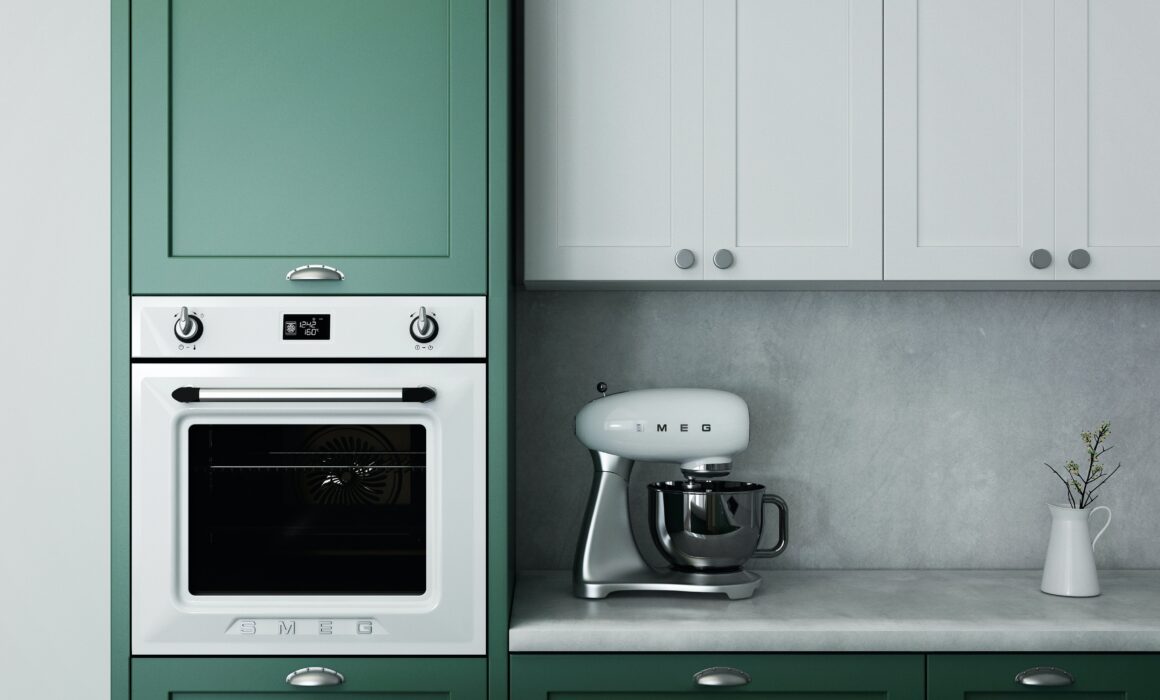Rental Property Expenses
Repairs vs Capital
This recent case provides an example of how rental property expenses claimed as repairs were assessed and treated by the ATO as partly deductible under s. 25-10, and partly capital improvements.
The taxpayer claimed repairs on a rental property after considerable water damage. The facts of the case are as follow:
The Taxpayer owned a residential property which was rented out to a series of tenants between 2008 and May 2019. During this period, tenants left the property abruptly after breaching the lease agreement. On leaving the property without notice and well before the end of their lease, the tenants blocked water drainage in the showers of the main bathroom and ensuite, plugged the bath in the main bathroom, plugged the bathroom sinks in both bathrooms and the kitchen sinks, and turned on all the taps. The water overflowed and caused significant damage to the kitchen, ensuite, main bathroom and adjacent toilet and laundry. In the kitchen, the water infiltrated each of the cupboards along the back side of the house. The flooding to the kitchen resulted in the shelves and superstructure soaking up the water and made the shelves immediately unusable. Both bathrooms, toilet and laundry suffered extensive water damage. Significant damage had occurred to the stud walls and floor of the kitchen, bathroom, ensuite, laundry and toilet as a consequence of water ingress. In order to examine this damage, it was necessary for a carpenter to remove the wall coverings which included the wall tiles in the bathroom and ensuite and to a lesser extent in the toilet and laundry.
The bathroom was completely rebuilt, with a new smaller bath, vanity, including a new basin and a shower with new fittings including a new shower screen. By necessity, there were new tiles on the walls and floor. The walls were stripped of their tiles and fittings, removed and water-proofed up to at least 200mm above the floor. The work in the ensuite was similar; it was completely retiled, and a new vanity was installed, with new fitting and new shower screen. After the walls were repaired the kitchen was completely refitted with new kitchen cabinetry including a new sink and plumbing fittings. This included new overhead cupboards, which on the evidence replaced the existing ones that were not water damaged. New flooring behind the cupboards, new sections of wall, and new kitchen cupboards were installed, although there was no new plumbing.
Outcome
Materials totally $2,891 including the replacement and repair of the stud walls and floor of the kitchen, bathroom, ensuite and laundry following water damage were repairs.
Materials totalling $28,343 were expenses for capital improvements as the expenditure improved the condition of the property — this included the rebuilding of the bathroom and ensuite, and the new cabinetry and fittings in the kitchen.
The invoices for the construction labour totalling $22,064, were remitted to the Commissioner to be apportioned in accordance with TR 97/23.
Key contributors to the $1.3 billion rental tax gap include incorrect reporting of rental income and expenses, including interest expenses, insurance premiums, claim payouts, repair costs and capital works deductions. These mistakes make up 14% of the total individuals tax gap.
Rental Property Data Matching
The ATO has concerns around insurance payouts received in relation to an investment property which are not being reported as income. It has provided further information on how it collects data from a number of sources about rental properties and some new data matching protocols are now in place:
- Landlord insurance – data will provide information about rental property insurance policies including premiums paid and claim payouts received.
- Residential investment property loan– data will help to ensure that interest and borrowing expense deductions are correct.

